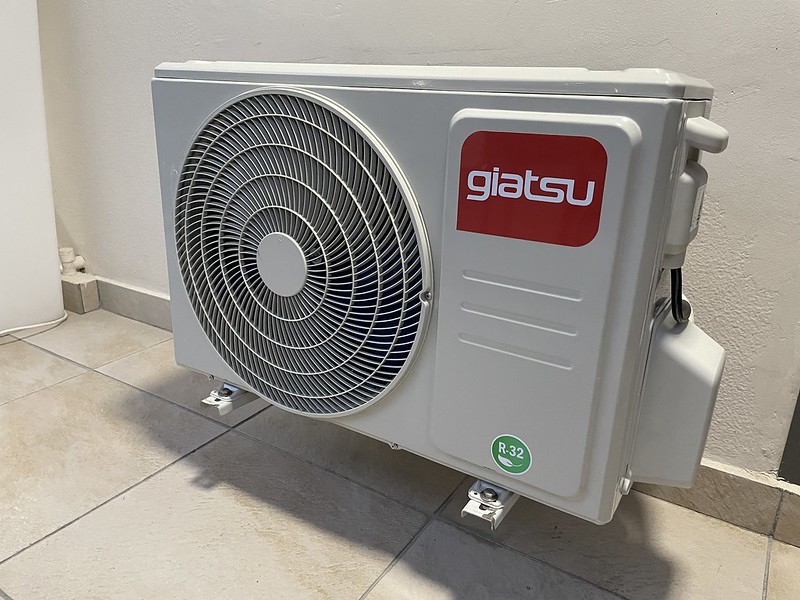Summary
The main distinction between mini-split and split air conditioning systems lies in their configuration and installation requirements. Mini-split systems consist of an outdoor unit (condenser) and one or more indoor units (evaporators) connected through a small wall opening, making them ideal for add-ons, renovations, or spaces without existing ductwork. In contrast, split systems, also known as central air conditioning, comprise an outdoor unit (condenser), an indoor unit (evaporator coil), and a network of ducts to distribute conditioned air throughout the house, making them more suitable for new construction or homes with existing ductwork. Energy efficiency is another key difference, with mini-split systems generally having a higher SEER (Seasonal Energy Efficiency Ratio) rating due to their zonal cooling capabilities.
Configuration and Installation
Mini-Split Systems
- Consist of an outdoor unit (condenser) and one or more indoor units (evaporators)
- Indoor units are connected to the outdoor unit through a small hole in the wall, typically 3-4 inches in diameter
- This small opening allows for the passage of refrigerant lines, power cables, and condensate drainage
- Installation is relatively simple and requires minimal renovation or ductwork
- Ideal for add-ons, renovations, or spaces without existing ductwork
Split Systems (Central Air Conditioning)
- Comprise an outdoor unit (condenser), an indoor unit (evaporator coil), and a series of ducts
- Ducts distribute the conditioned air throughout the house
- Installation is more complex and requires extensive ductwork
- Suitable for new construction or homes with existing ductwork
- Offer the advantage of cooling the entire house through a single system
Energy Efficiency
Mini-Split Systems
- Generally have a higher SEER (Seasonal Energy Efficiency Ratio) rating than split systems
- Ability to operate in zones allows for more precise temperature control and reduced energy consumption
- Zonal cooling enables homeowners to only condition the occupied spaces, leading to energy savings
Split Systems
- High-efficiency split systems can also achieve impressive SEER ratings, making them a viable option for energy-conscious homeowners
- Whole-house cooling can be more energy-efficient than targeted zonal cooling in some cases, depending on the home’s layout and occupancy patterns
Considerations for Homeowners
When choosing between a mini-split and a split system, homeowners should consider the following factors:
- Existing Infrastructure:
- Mini-split systems are ideal for homes without existing ductwork or for targeted cooling needs in specific areas
-
Split systems are more suitable for new construction or homes with existing ductwork
-
Budget:
- Mini-split systems generally have a lower upfront cost compared to split systems, especially in homes without ductwork
-
Split systems may require more extensive and costly installation due to the ductwork
-
Energy Efficiency Goals:
- Mini-split systems offer higher SEER ratings and zonal cooling capabilities, making them a more energy-efficient choice in many cases
-
High-efficiency split systems can also provide excellent energy savings, depending on the home’s layout and usage patterns
-
Cooling Needs:
- Mini-split systems are well-suited for targeted cooling in specific areas or add-ons
- Split systems provide whole-house cooling, making them a better choice for larger homes or those with more comprehensive cooling requirements
By carefully evaluating these factors, homeowners can make an informed decision on the most suitable air conditioning system for their home, whether it’s a mini-split or a split system.

